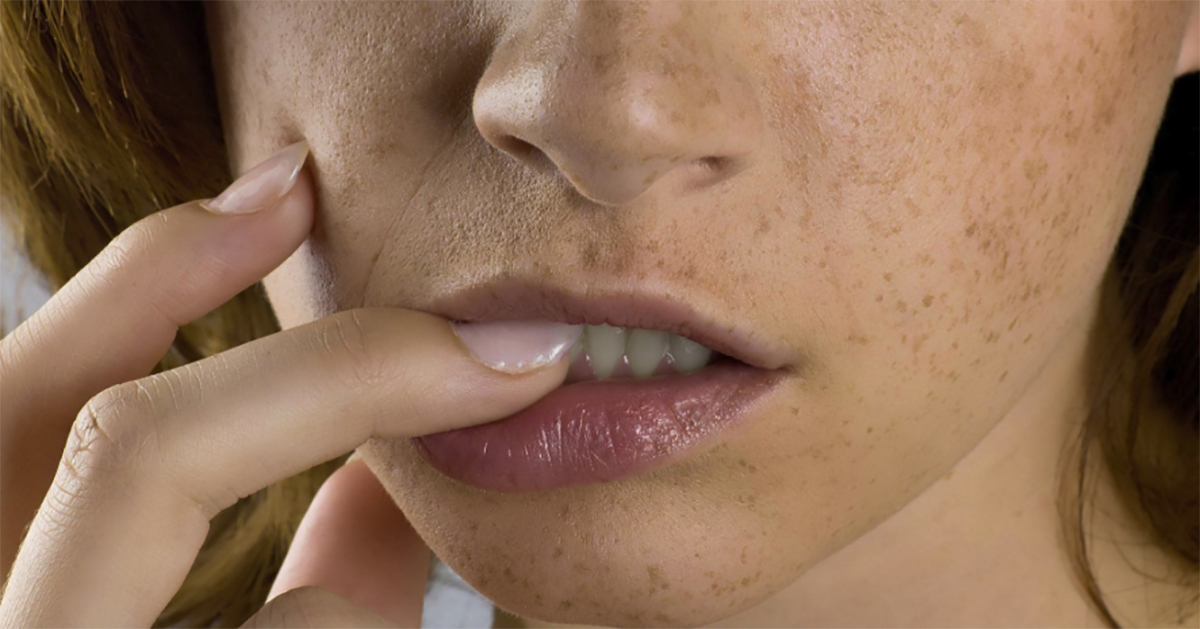What Is Glycolic Acid?
Glycolic acid is a form of alpha-hydroxy acid (AHA) that comes from a substance referred to as sugar cane. Tartaric acid, citric acid, malic acid, and lactic acid are other types of widely-known alpha-hydroxy acids utilized in numerous skincare products. Glycolic acid works by penetrating the spaces between the cells that make up the skin, as it has the characteristic of being the smallest alpha-hydroxy acid molecule. Glycolic acid disintegrates the bonds between the skin cells that keep them together, making it an effective substance for exfoliation. Glycolic acid also enhances the ability of the skin cells to produce more collagen, the protein that gives the connective tissues and bones in the body their strength. Collagen is what gives the skin its plumpness, elasticity, and firmness. Glycolic acid is found in products designed to help with acne, scarring, hyperpigmentation, blackheads, and closing up the pores.
Get the full details on glycolic acid now.
How It Works

Glycolic acid is most often utilized as a chemical peel for the skin. The cells of the outer layer of the skin stay in place even after they die until they are naturally shed off. The dead cells shed off when natural processes break down the lipids that keep the dead cells of the skin together. Sometimes this process can take too long and contribute to the pores becoming clogged with cellular debris and allow the skin to become too dry. Some individuals have conditions that disrupt the process of shedding dead skin cells, or that cause an overproduction of skin cells that overwhelm the natural sloughing process. Glycolic acid works by producing a reaction with the top layer of an individual's skin, which causes the weakening of the bonding properties of the specialized lipids that keep the dead skin cells adhered to one another. As a result of this mechanism, the outer layer of the skin dissolves, and the dead skin cells slough off to unearth the new underlying skin. While the exact chemical reaction that occurs with this process is not clear, it is thought that the decrease of calcium ions in the skin, and discharge of the calcium ions from the adhesions between the cells causes desquamation.
Read about the health benefits of glycolic acid next.
Health Benefits Of Glycolic Acid

Glycolic acid is an extremely small molecule, which is what makes it such a useful element in numerous skincare products. It can penetrate between the cells to a deeper degree than other molecules because of its size. It is an effective method of exfoliating the skin because it unglues the dead skin cells from one another. Because of its health benefits, dermatologists have been using glycolic acid in their practices for several decades. Both big cysts and little blackheads both appear to be caused by the same mechanism on a skin biopsy underneath a microscope. It all begins from dead skin cells becoming clogged up inside the pores. Glycolic acid can penetrate down into the hair follicles and break down any accumulated proteins and sebum that would cause breakouts and blackheads to develop. Glycolic acid reduces wrinkles, decreases hyperpigmentation, treats hyperkeratosis, diminishes acne scarring, treats actinic keratosis, and treats seborrheic keratosis. Glycolic acid treatment is also great for preparing the skin for the use of other products and makeup.
Learn about who can use glycolic acid next.
